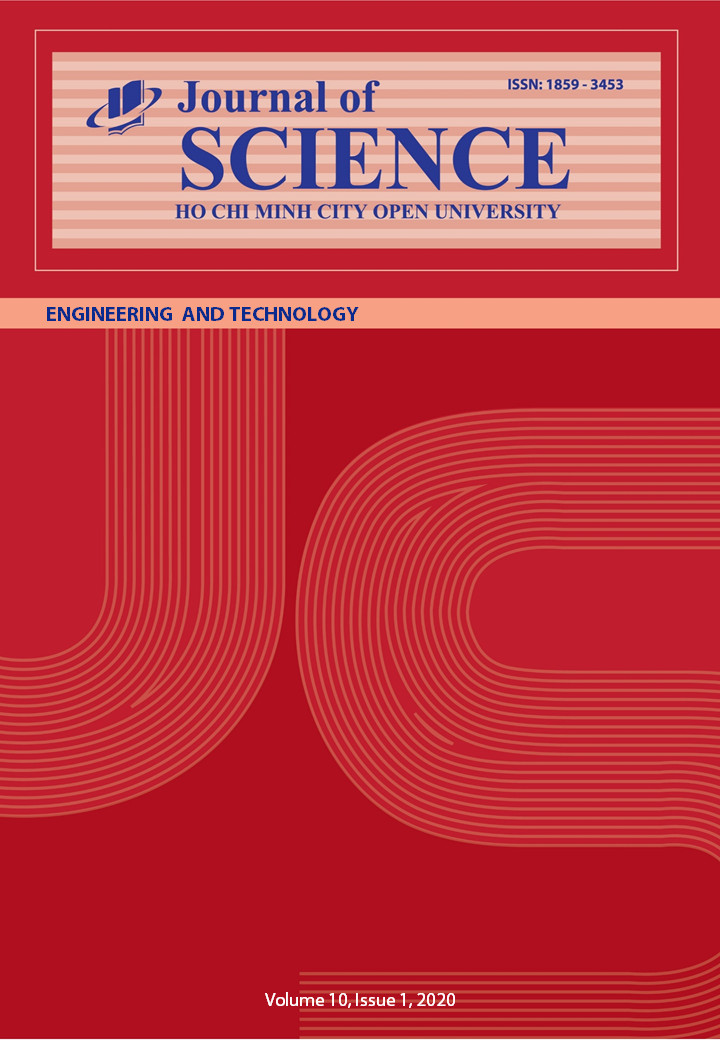Study of chemical-based induced bacterial ghost applied in vaccine production
Tóm tắt
Introduction: Bacterial ghosts (BGs), known as the empty cell envelope of gram-negative bacteria lacking cytoplasmic content yet retaining all unaltered morphological and structural features of their living counterparts, are widely studied and used as the platform for the production of the vaccines as well as the transporting drug and gene delivery. However, the study related to the creation of BGs based on gene expression is still limited because of the difference in cell wall structure between microorganisms. Therefore, in the current study, for the aims to determine chemicals combination and minimum inhibition concentration (MIC) to optimize BGs production.
Material and method: Salmonella choleraesuis strain was collected from NAVETCO company. The study used critical concentrations from chemical combination to convert salmonella cells to BGs. Chemicals combination and MIC, temperature, shaking speed were optimized using Plakett- Burman matrix and response surface methodology. Cell structure was determined by using a scanning electron microscope, experimental mice were vaccinated and challenged with virulence to determine immune responses of bacterial ghost.
Results: The appropriate chemicals for the production of BGs biomass were NaOH 3.125 mg/ml; SDS 1.15 mg/ml, H2O2 8.79 µl/ml, ethanol. The observation of morphology, BGs have remained the structure and shape, which were like the living microbial cells.
Conclusions: The conditions of BGs production have been identified to produce large amounts of bacterial ghost biomass to further application in vaccine production and pharma.

